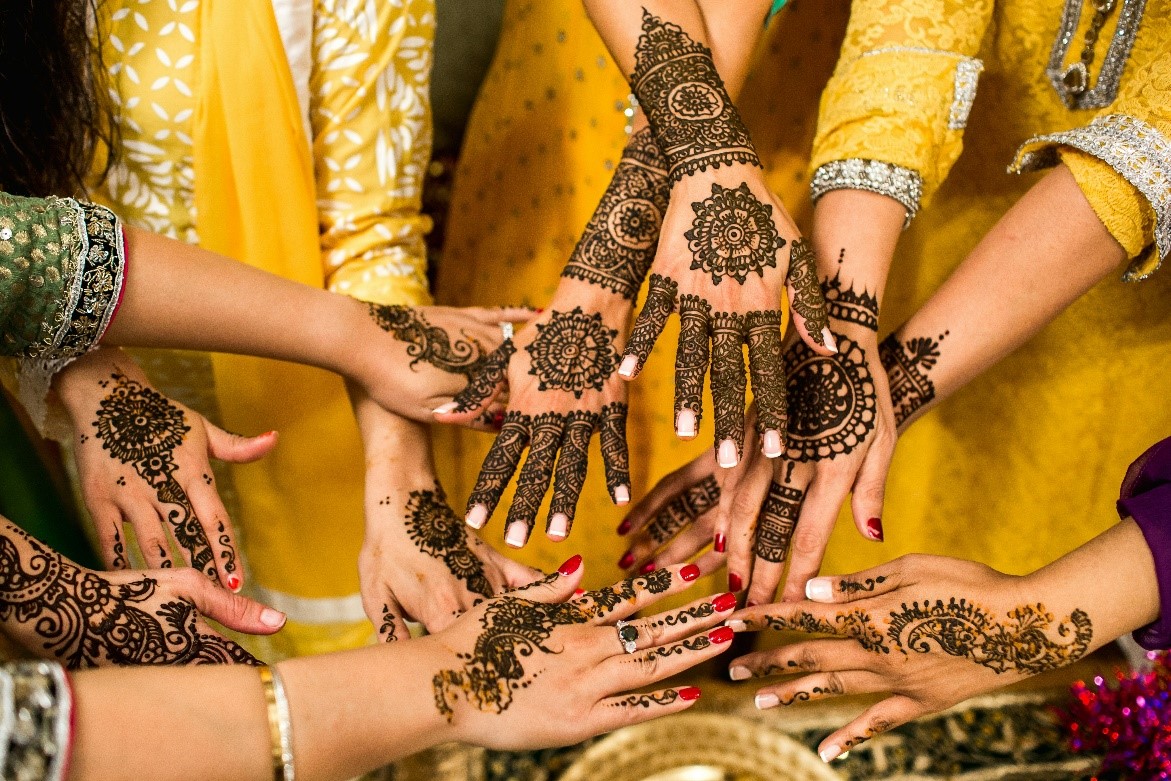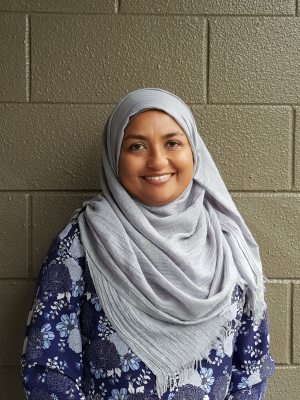Teaching About Eid al-Fitr and Eid al-Adha: Activity Ideas for Your Classroom
Multicultural education is more crucial than ever to nurture our sense of tolerance and acceptance of diversity within our schools and educational institutions. The more we understand and appreciate each other, the more we strengthen the social fabric of our local and global society.
One way in which we can build tolerance and increase empathy is through teaching about cultural celebrations and traditions. In this post, I focus on the two Eids that are celebrated by Muslims around the world and suggest ways in which knowledge of these cultural practices can be incorporated into your curriculum.
What Is Eid?
The word eid in Arabic means “feast” or “festival.” The Islamic calendar marks two Eids — Eid al-Fitr and Eid al-Adha. As the Islamic calendar is a lunar one, it moves backward approximately 11 days each year in relation to the regular Gregorian calendar. Each month of this traditional Hijri calendar begins with the sighting of the early crescent moon. Moon sightings are done locally, which means that some variation is possible between geographical regions. In 2024, Eid al-Fitr is likely to fall on/around the 10th of April, and Eid al-Adha will be observed in mid-June.
Eid al-Fitr, or the festival of breaking the fast, occurs immediately after the month of Ramadan, when Muslims engage in fasting and increased spiritual activities.
Eid al-Adha, or the festival of sacrifice, marks the culmination of the pilgrimage of hajj. Although the pilgrimage itself takes place at various sites in Saudi Arabia, the festival is celebrated by Muslims all over the world.
While variations occur, both of these Eids involve starting the day with communal prayer, visiting friends and family, partaking of elaborate feasts, wearing of your best clothes, and gift giving.
How Can I Teach About Eid?
Here are some ideas on teaching about Eid:
Vocabulary
Identify key vocabulary associated with religion and culture generally (e.g., religion, culture, customs, tradition) and the specific festival (e.g., eid, mosque, hijab, fasting, pilgrimage). As a class activity, students create a visual glossary of the terms.
Reading
-
- Select books of relevance to the festival that are appropriate for your class. Lailah’s Lunchbox, Night of the Moon, and The Night Before Eid are all great fiction picture books for young learners. There are also many good nonfiction books available (Try Celebrate Ramadan and Eid Al-Fitr with Praying, Fasting, and Charity), but please try and source books written by Muslim authors or endorsed by the Muslim community, as not everything available in the market is culturally appropriate.
- Read the books together as a class, focusing on cultural practices and beliefs. At the end, students can be asked to list two to three things about the festival or the faith that they think are the most important to share with someone else.
- For older students, select a text like the letter written by Malcolm X for annotation and analysis based on intended purpose and target audience. Ask guiding questions, such as:
-
- What has prompted the author to write this?
- Who is the intended readership of the text?
- What are the key messages?
- What is the author’s overall purpose in writing this?
- What potential biases may be present in the text?
-
Media Studies
Many large news websites often have photo essays on Eid. Use these to source your images. Here are two examples from Aljazeera and National Geographic. Model how to analyse images using one or two of the photos in the selected collection. As a class, discuss questions such as:
-
- What objects do you see in the image?
- What inferences can you make about the subject of the image about what the people are feeling, what they are doing, and why they are doing it?
- What big ideas are presented in the image?
- What is the main idea or meaning of the image?
- What connections can you make between what you see in the image and what you learned about history?
Maths
Eid al-Fitr is celebrated after a month of fasting. Muslims fast from dawn till sunset. Students can look up timings and calculate how long the fast lasts in different parts of the world.
Arts and Crafts
Based on the age and abilities of your students, arts and crafts activities can involve the following:
-
- Make Eid greeting cards and festive decorations, like paper lanterns.
- If you have access to a kitchen, make a simple dish typically eaten during Eid. You could invite a parent to come teach this to your class.
- Calligraphy is an important form of Islamic art. Invite someone to teach some simple Arabic calligraphy (maybe to say Eid Mubarak) to your class.
- Learn about geometric design in Islamic art.
- Many Muslims cultures apply intricate henna patterns to the body as decoration for Eid. Henna kits are easily available in ethnic stores and online. These can be applied to the hands or feet; or practiced on paper, if preferred.

Social Studies
- Learn about different ways in which people might wish each other “happy Eid” during Eid. Typically, Eid Mubarak is used, but it can vary across regions and languages.
- During Eid al-Adha, millions of Muslims are engaged in their pilgrimage. Students can practice their map skills by locating the four main sites of the pilgrimage in Saudi Arabia (Mecca, Mina, Arafat, Muzdalifa), and identify countries where Muslims make a significant proportion of the population.
- Make connections between religious traditions and celebrations by inviting students to reflect on and share what festivals they celebrate and why each one is important to them. This can then lead to a discussion on similarities and differences between religions and faith traditions.
An Inclusive Approach
Teaching about Eid is just one step educators can take toward making religious diversity an accepted norm in the classroom. However, faith and spirituality are sensitive issues, and I’d like to end by offering three gentle reminders about teaching about cultural and religious traditions:
-
- Teachers must take a neutral approach, being careful not to denigrate another religion or promote a particular faith.
- Lessons must be based on factual information, free from bias, and demonstrate understanding and inclusiveness.
- All faith traditions should be included in some way in lessons, so as to not leave out any individual’s traditions and values.

